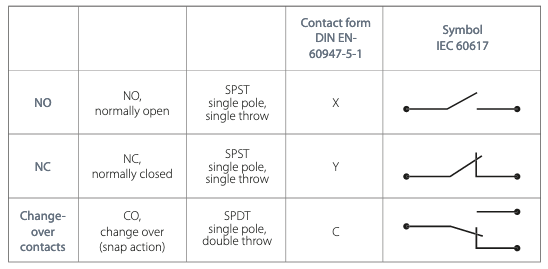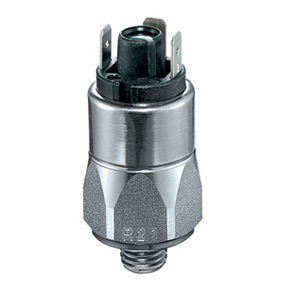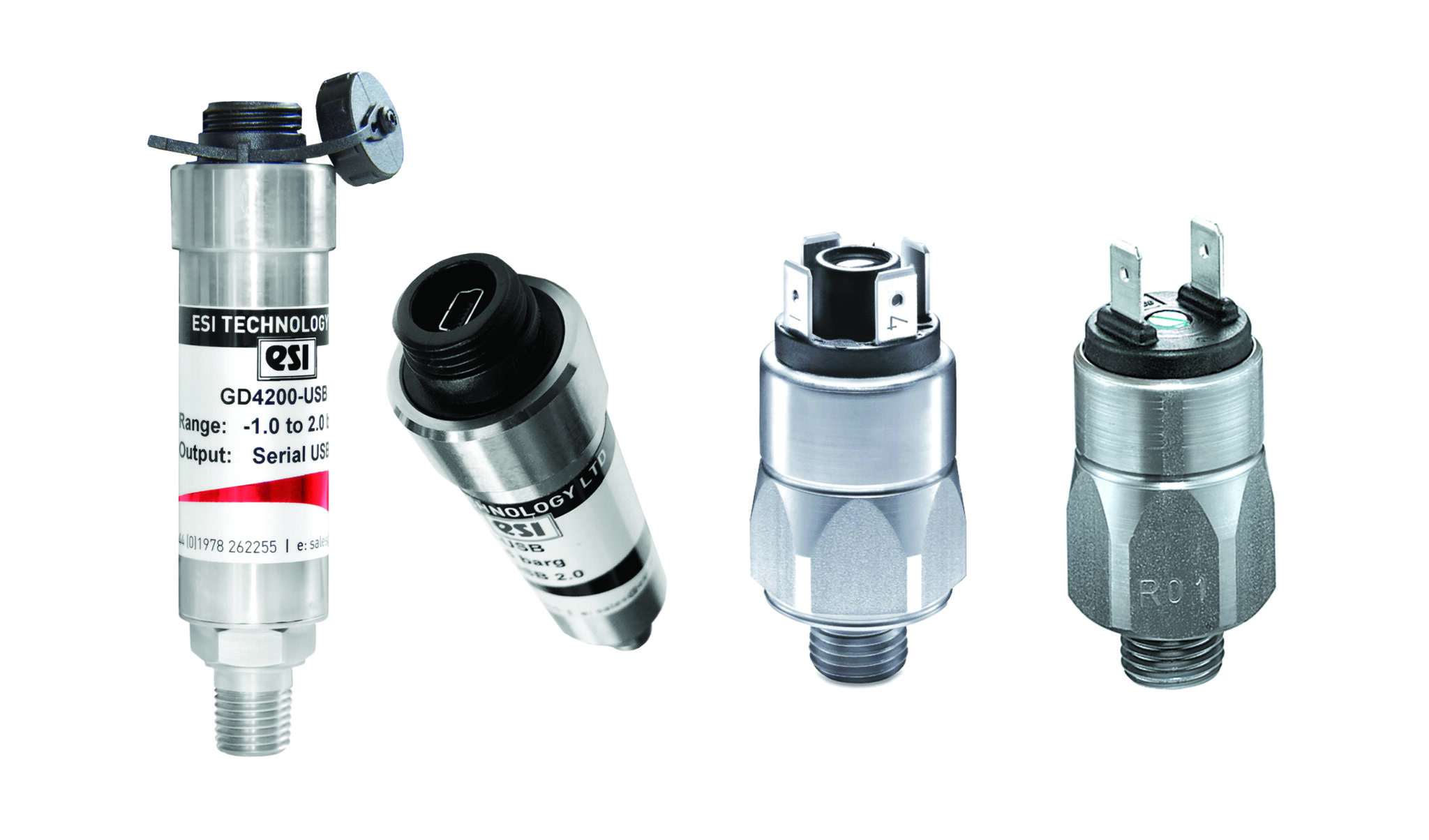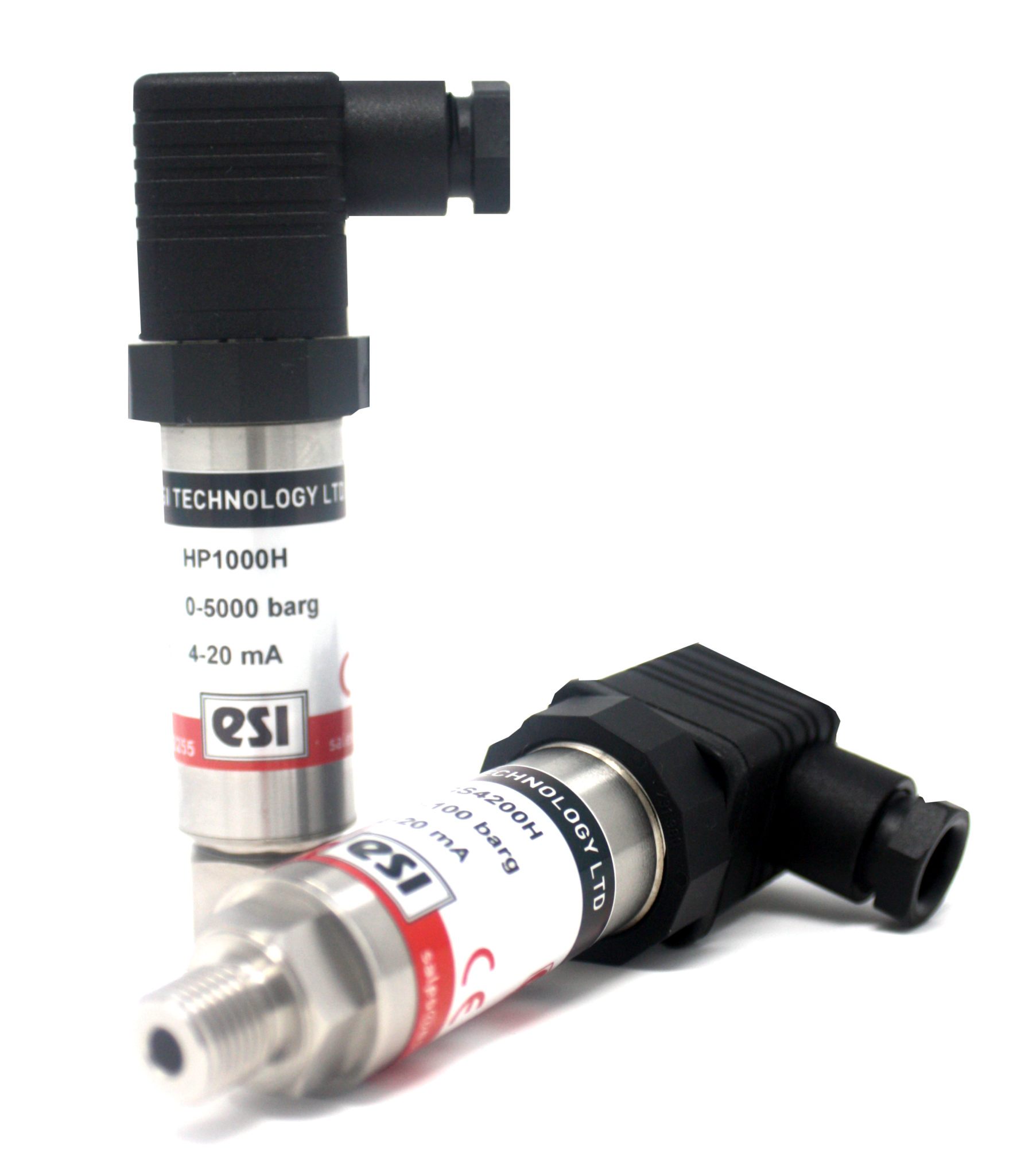It has proven useful in many applications to deploy our pressure switches with silver contact rivets ensuring that they are fail safe to 10 mA and 10 V. Variants with gold contacts are available in our catalogue for even lower currents and voltages.

Potential-free – galvanically isolated Mechanical pressure switches from SUCO ESI are potential-free, i.e. no auxiliary energy is required. Also, there is no electrical contact between the individual, live parts and the housing.
Adjustment Range of Switching Point
 The pressure range, within which the switching point of a pressure switch can be set, is called adjustment range. The switching point corresponds to the pressure value at which the electric circuit is opened or closed by the pressure applied.
The pressure range, within which the switching point of a pressure switch can be set, is called adjustment range. The switching point corresponds to the pressure value at which the electric circuit is opened or closed by the pressure applied.
If no switching point is specified on order, the pressure switches are adjusted by approximately half the adjustment range at factory.
The setting ranges specified for the respective device series apply to increasing pressure. For switching points that are specified for falling pressure and are within the maximum value of the setting range minus the hysteresis, the next higher setting range must be selected (see also section “Hysteresis”).
Switching Point Tolerances
The switching point tolerances specified by us pertain to room temperature (RT) and condition as new.
The values can change as a result of temperature, ageing and deployment conditions.
It is not possible to specify generally applicable value for switching point tolerances over temperature as the medium has a significant influence on the sealing materials in the pressure switch.
Double the tolerance stated for RT and condition as new can be assumed as a typical magnitude for the tolerance over the entire temperature range.
Based on their design, piston switches may exhibit an increase in switching points due to storage (dry run, stick-slip effect). Following a short start phase, the switching points return to the value set at the factory.
Pressure change rates of > 1bar/s may have an effect on the switching point for diaphragm pressure switches.
The switching point (for rising pressure) and hysteresis increase, whilst the switch-back point (for falling pressure) sinks.
Let us offer the pressure switch or pressure transducer that best fits your application.
Contact us > Phone: 1-800-473-7313 | Email: sales@sucoesi.com




